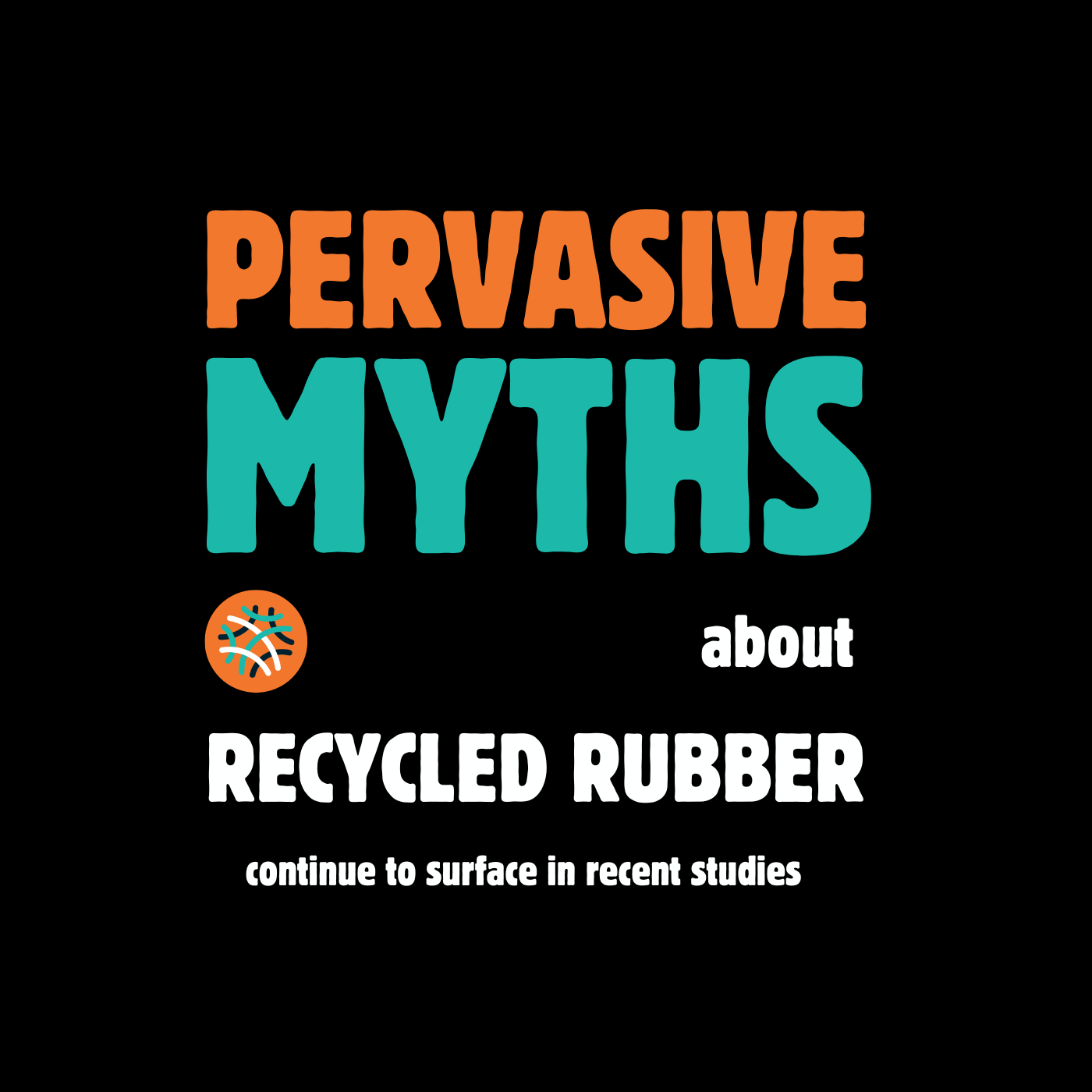When it comes to artificial turf and crumb rubber, myths behind the material’s safety for humans and the environment persist. They remain despite updated scientific research showing the opposite — that turf using recycled rubber infill is just as safe as grass.
The latest example comes from the British Journal of Sports Medicine (BJSM) in the United Kingdom, where a researcher wrote a paper warning of the “risks” of turf, advocating for a “precautionary” approach to the surfaces. The paper is a “discussion,” meaning it is not peer-reviewed and is merely a survey of what’s out there rather than a scientific study offering new evidence.
However, in the process of cataloging the existing research, two recent definitive studies were omitted, making the author’s research and findings fundamentally flawed.
The EPA, CDC, and CPSC found that for those using turf fields with crumb rubber infill, exposure is “likely limited” and, in fact, similar to natural grass. The CalEPA and OEHHA found “no significant health risks.”
Instead, the report pointed to long debunked studies. For instance, they cite “reports” that cancer cases in young soccer players and goalkeepers were caused by crumb rubber. Nothing could be further from the truth.
This claim is not based on scientific findings; it’s a rumor started years ago by a soccer coach at the University of Washington.
The coach’s anecdotal suggestion that cancer rates were elevated among goalkeepers attracted media attention but was thoroughly investigated by the state’s Department of Health and the university’s School of Public Health. The report found that upon investigation, there were actually fewer cases of cancer than what would be expected based on the population of soccer players in the state.
In noting these dubious health risks, the BJSM cited a study from the pediatric oncologist Dr. Archie Bleyer. But Dr. Bleyer himself has written that crumb rubber is just as safe as grass. In a 2016 letter addressed to the Synthetic Turf Council, he wrote that decades of research had established recycled rubber as a safe material.
“Not participating in physical activity increases the risk of cancer and hence lack or removal of facilities that allow exercise increase the incidence of cancer,” Dr. Bleyer wrote.
Additionally, the BJSM study expressed concern about the environmental risks associated with crumb rubber infill. But recent research, such as in Denmark and the UK, has shown that smart, cost-effective containment measures can reduce potential risks by up to 90%, keeping the rubber granulate contained within the field.
These measures are straightforward and do not impose significant new costs on communities. They include small barriers around the field, drainage, and filters to prevent infill from washing away, and cleaning stations to brush away infill when leaving the area. Up-to-date turf installations use improved technology to keep the infill contained, too — ensuring that communities have access to safe and sustainable fields.
Moving forward
It’s clear with this latest research — in addition to years of peer-reviewed studies — that recycled rubber is a safe component of parks, playgrounds and playing fields. Instead of relying on misleading articles that cite debunked myths, communities should look to the science as they make decisions about their playing surfaces.
Above all, it is more important than ever that communities can get out and play — even after a burst of inclement weather. Turf provides 667% more usage hours than grass without the need for costly maintenance.
Armed with the facts — not fiction — more and more communities are turning to recycled rubber to encourage year-round play.
#scienceoverscaretactics
